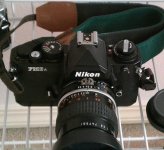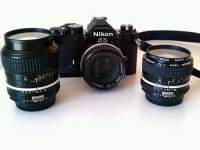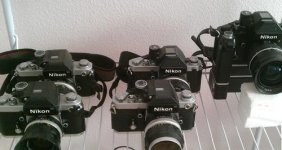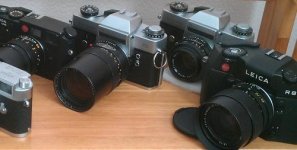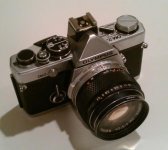Huss
Veteran
Alright, so my first roll with the F2 was....mediocre as far as accurately focused shots haha. Curious why my rolls from the x700 are so much better(?) In my head i was thinking this H2 screen was the end all. I will say, i love this large and completely clear viewfinder. I'm really enjoying using the camera so far so hoping roll 2 turns out better 🙂
Are u sure the focus screen is installed the correct side up?


